What is Observation?
Observation is the process of using our senses (sight, hearing, touch, taste, and smell) to gather information about the world. It involves paying close attention to details and recording what we see, hear, feel, taste, and smell.
Why is Observation Important in Science?
Observation is important in science because it helps scientists gather data and make discoveries about the natural world. By making careful observations, scientists can notice patterns, make predictions, and form hypotheses that lead to further scientific investigation.
Types of Observation
There are two main types of observation: qualitative and quantitative.
- Qualitative observation: This type of observation involves describing qualities or characteristics, such as the color, shape, texture, or smell of an object or phenomenon.
- Quantitative observation: This type of observation involves measuring and recording numerical data, such as the length, weight, temperature, or volume of an object or phenomenon.
Tips for Making Good Observations
Here are some tips for making good observations in science:
- Use all your senses: Pay attention to what you see, hear, feel, taste, and smell.
- Be detailed: Record as much information as possible, including colors, shapes, sizes, and any changes over time.
- Be objective: Try to be unbiased and avoid making assumptions or interpretations while observing.
- Take notes: Record your observations in a notebook or journal, including the date, time, and location of your observations.
- Use tools: When necessary, use tools such as magnifying glasses, thermometers, rulers, or microscopes to aid in your observations.
Practice Questions
- What is the difference between qualitative and quantitative observation?
- Why is it important for scientists to be objective when making observations?
- How can using tools enhance the process of observation in science?
[Observation] Related Worksheets and Study Guides:
.◂Science Worksheets and Study Guides Second Grade. Plants
Study Guide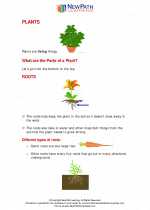 Plants
Plants  Activity Lesson
Activity Lesson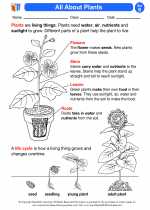 All About Plants
All About Plants  Activity Lesson
Activity Lesson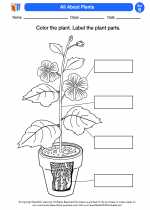 All About Plants
All About Plants  Worksheet/Answer key
Worksheet/Answer key Plants
Plants  Worksheet/Answer key
Worksheet/Answer key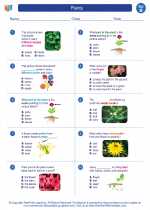 Plants
Plants  Worksheet/Answer key
Worksheet/Answer key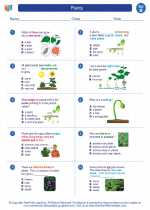 Plants
Plants  Worksheet/Answer key
Worksheet/Answer key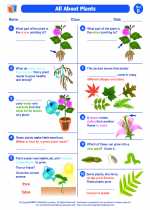 All About Plants
All About Plants  Vocabulary/Answer key
Vocabulary/Answer key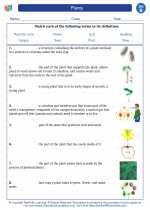 Plants
Plants  Vocabulary/Answer key
Vocabulary/Answer key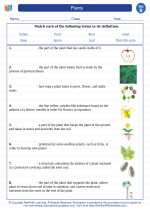 Plants
Plants 

 Activity Lesson
Activity Lesson
 Activity Lesson
Activity Lesson
 Worksheet/Answer key
Worksheet/Answer key
 Worksheet/Answer key
Worksheet/Answer key
 Worksheet/Answer key
Worksheet/Answer key
 Worksheet/Answer key
Worksheet/Answer key
 Vocabulary/Answer key
Vocabulary/Answer key
 Vocabulary/Answer key
Vocabulary/Answer key

The resources above cover the following skills:
Concepts of Life Science (SC1, SC2, SC3)
The student demonstrates an understanding of the structure, function, behavior, development, life cycles, and diversity of living organisms by observing and comparing external features of plants and of animals that may help them grow, survive, and reproduce.